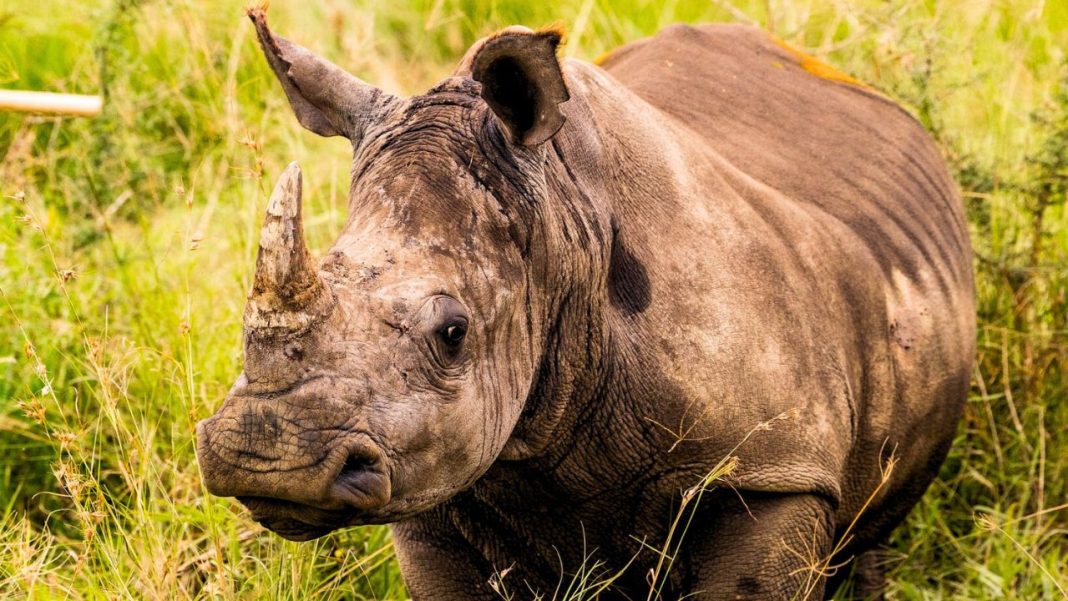They are one of the most iconic symbols of Africa’s wilderness — yet today, the rhinoceros remains a primary target in one of the world’s most ruthless illegal wildlife trades. Despite global attention and years of conservation work, rhino poaching is still a reality in 2025, driven by black-market demand and fueled by organized crime.
In South Africa, which shelters the largest population of rhinos globally, poaching has not abated. The Department of Forestry, Fisheries and the Environment confirmed that 103 rhinos were killed in the first three months of this year alone. Most of these killings happened in state-run and private reserves — including the vulnerable Kruger National Park, where enforcement resources are stretched thin.
Namibia, long considered a poaching outlier, is now grappling with a spike in attacks. According to AllAfrica, 15 rhinos have been poached in Namibia so far this year — a sharp contrast to prior seasons where losses were minimal. These figures are part of a broader trend. In 2024, South Africa reported 420 rhino poaching cases, and though this was slightly lower than the previous year, conservationists warn that the shift in tactics, locations, and methods among poachers is making their work harder than ever.
Conservation Tactics Enter a New Phase
Not all hope is lost. 2025 has brought with it science-driven breakthroughs that are changing how conservationists approach the crisis. One of the most promising initiatives is the Rhisotope Project — an ambitious South African-led effort using radioactive isotopes injected into rhino horns. This makes the horn traceable through radiation detectors at ports, disrupting smuggling routes and deterring traffickers who now face greater detection risk.
#Rhinos
— Dr Tom Montgomery (@DrTOMontgomery) August 1, 2025
A sedated rhino has radioactive isotopes implanted into its horns to help catch poachers and traffickers.
It means the horn can be detected even in a full 40ft shipping container.
Around 500 rhinos are killed every year in South Africa.
It will not harm the rhinos. pic.twitter.com/oFmsZ6Hzy8
Simultaneously, wildlife authorities continue to dehorn rhinos in high-risk zones. While controversial, this method has shown measurable success in deterring poachers. A 2025 study found that dehorning can cut poaching rates by as much as 80% when coupled with adequate ranger coverage.
Legal progress has also made headlines. In a landmark trial earlier this year, a major Mozambican rhino poaching syndicate leader was sentenced to 27 years in prison, a case that drew international attention and was reported by People. Such cases are still too rare — but they’re growing, thanks to increased collaboration between governments and conservation NGOs.
Community Power and Global Responsibility
While science and law enforcement are crucial, the most sustainable progress is coming from the ground up. The Black Mamba Anti-Poaching Unit, a South African all-women ranger group, continues to lead by example. Their mission is as much about education and community involvement as it is about patrols — creating real change in the way conservation is viewed in rural areas.
The path ahead is complex, but not without promise. Africa’s rhinos have endured decades of human pressure. With smarter strategies, stronger community engagement, and real international resolve, their story doesn’t have to end in extinction.
Read More: South Africa wins their Maiden World Test Championship! Bavuma stays undefeated in Tests



